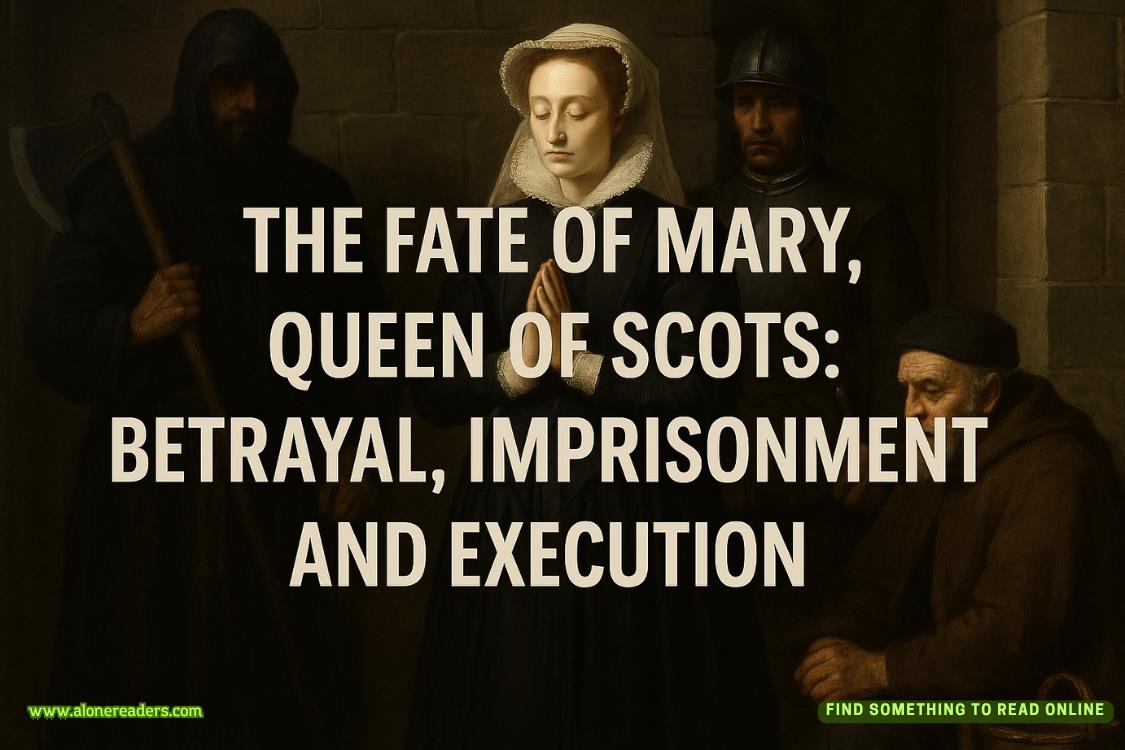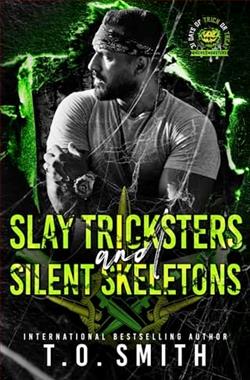Page 7 of The Texas Murders
“Give it to Yates,” someone calls. “His shots were more accurate. That FBI guy barely hit the target half the time.”
Ryan and I both turn our heads to see whether he’s right about that. On the final shot, at least, Ryan barely hit the bottom edge of the circle. My shot was dead center, which means that not only was it faster, but it was more accurate.
“Hell,” Ryan says, irritated. “It’s these wax bullets. They’re not exactly precision loads.”
Hearing this, one of the organizers has an idea and leans in to talk to the others. A moment later, they wave over Ryan and me.
“Fellas,” he says, “we’re thinking we need to make a change.”
“What are you proposing?” I ask.
“Let’s switch things up a bit,” the organizer says, “and use real bullets.”
CHAPTER 4
USING REAL LOADS in a quick-draw contest feels reckless. From the moment he says “real bullets,” I have a bad feeling, like the careful plans for audience safety are being abandoned for something a group of drunken frat boys would do around a campfire on a Saturday night.
“I’m sorry to disappoint you,” I say, “but I’ve got to hit the road. I’m happy to concede victory to Ryan.”
“Hell, no,” Ryan says. “If I’m going to win this thing, I’m going to win it fair and square.”
“It won’t take long,” the organizer says. As if reading my mind about my real concerns, he adds, “We’ll make sure to do it safe.”
Someone suggests that famous quick-draw artist Bob Munden used to slice playing cards in half with his shots. So our targets would be the flat edge of the cards, hardly bigger than a sewing needle.
“We can set up some kind of contraption to hold the card up in front of the target with the impact sensor,” the organizer says. “To win you’ve got to cut the cardandhave the best time.”
“It’ll destroy the sensor,” someone says, but the others seem to think the damage will be worth it for the spectacle.
I tell them that my concern isn’t the target or the impact sensor but whatever’s on the other side of the wooden fence. The bullets are going to fly right through.
“There’s eight feet of rubber tires over there,” the organizer assures me.
“Well, does anyone have any playing cards?” Ryan asks.
The men look around at each other in comical confusion.
Ryan and I can’t help but laugh, but behind us, the crowd is restless.
Ryan says, “How about we do what ol’ Jelly Bryce used to do?”
Jacob Adolphus Bryce—known as “Jelly”—was a famous FBI agent in the 1930s, ’40s, and ’50s, who many people believe was the fastest gunman ever to live. In several shoot-outs, he shot men who already had their guns aimed at him—drawing and firing faster than they could squeeze the trigger. But he also did a lot of contests and performances, showing off his shooting skills for audiences.
I’ve always thought that Ryan fancies himself a sort of modern-day Jelly Bryce. He does plenty of the performance shooting, but—so far—he lacks the real-world reputation Bryce also had.
Ryan explains that Jelly Bryce used to hold a quarter at shoulder height, with his arm extended, while his other hand rested on his gun. When he dropped the quarter, hecould draw and shoot it as it passed his waist. Back in the 1940s,Lifemagazine did a photo spread with some kind of state-of-the-art camera showing Bryce’s skill in freeze-frame steps.
“Let Rory and me try it,” he says, digging into his pocket and pulling out two quarters.
The organizers like the idea, and as much as I don’t, I go along with it. I don’t want to disappoint the organizers or the crowd. And—to my own surprise—I find that I want badly to win.
I reach into my duffel bag and pull out my hip holster for the SIG Sauer. If we’re using real bullets, I’m using my pistol of choice. I see Ryan doing the same, loading live rounds into the Glock he carries on the job. The announcer explains to the restless crowd what the tiebreaker will entail.
There are a good fifty people, half of them law enforcement personnel, crowded around the shooting area in a crescent moon. As the organizer backs them away, I spot Ava Cruz, winner of the archery competition.
The other half of the spectators are civilians. I figure they contributed good money to the fundraising event, and I ought to at least give them a good show. I spot a young woman carrying a toddler in her arms—the boy has straw-colored hair and is wearing noise-canceling headphones—and I tip my hat to her and give her a smile. She beams back at me, doing her best to keep the restless child from squirming out of her grip.
Ryan volunteers to go first and steps into position.















